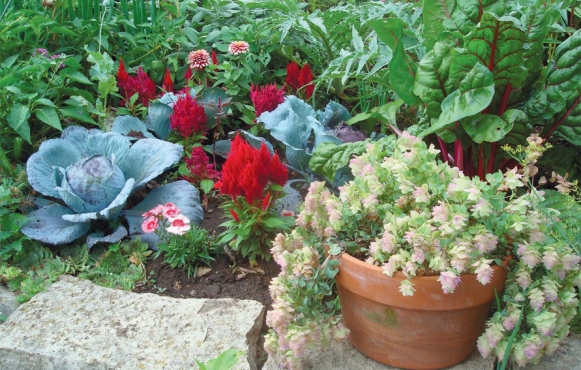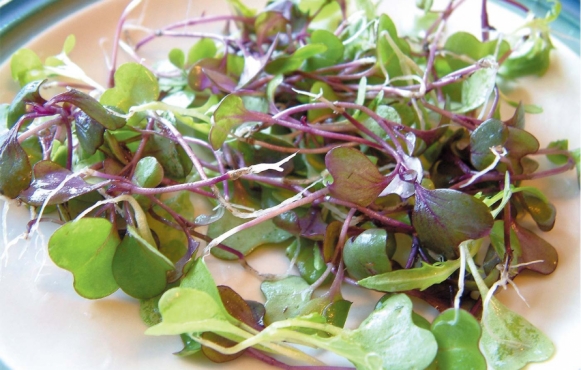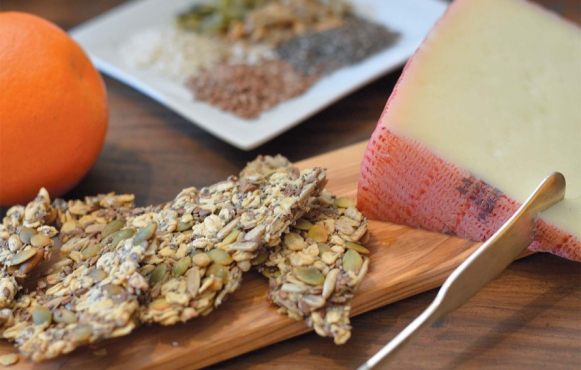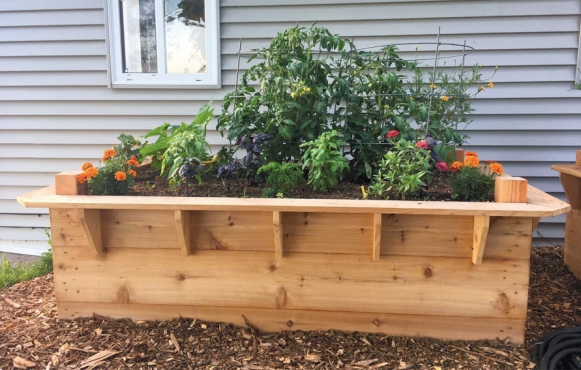Spring 2019 Issue

LEARNING ABOUT MY LITTLE BREAKFAST BUDDY
In much the same way as people love babies and puppies because they are so dang cute, I’ve kind of taken to the young jackfruit plant in my house.
It started when my wife, Leslie, took a seed from one jackfruit and planted it in a small planter. It sat on our breakfast table on our enclosed porch for a few months.
Perhaps my affection for it started from having to share the table with it each morning as I ate my cereal. Little happened, but after a few dozen bowls of cereal, a tiny speck of green emerged from the soil.
It was then that I better understood what conjures up the passion in gardeners and the nurturing they provide to produce life both in the form of food or simply beauty.
My family wasn’t really into gardening, so I never really took to it or understood the amount of work needed to grow something.
It’s not that Jack – that’s what we call him since most produce doesn’t come with a ready-made human name like Jack Fruit – needs lots of work.
Leslie waters him regularly, and it seemed like right after he surfaced he hit a growth spurt. On immediate appearance, Jack isn’t much different from most green plants. But he’s grown sturdy and straight, and every week or so he sprouted a leaf. It was clear that Jack is a tree.
I used the past tense since Jack doesn’t appear to like Wisconsin winters. Even though we’ve moved him inside, I think he would like us to turn the thermostat up a few more degrees. It’s understandable, because Jack’s ancestry comes from more tropical climates like southern India and Southeast Asia.
 Jack the jackfruit tree.
Jack the jackfruit tree.
The leaves are large in comparison to the tiny trunk, and currently there are seven of them somewhat evenly dispersed along the foot-long trunk. He hasn’t grown a whole lot since Leslie moved him indoors from the porch.
Being his first winter, Jack’s molecular structure probably isn’t sure what to make of the reduced sunlight, but he still seems healthy and it would be nice if we could somehow communicate that spring is upon us and he’ll soon be transported back to the porch.
If somehow Jack survives, in all likelihood I will not survive long enough to see him bear fruit. He’ll have to be a pretty big boy to reach that stage. A mature tree will produce as many as 200 fruit weighing in excess of 100 pounds each.
Clearly, there’s no way Jack will last that long around here. Eventually he’d have to be transplanted in a conservatory, or perhaps we can find a nice couple in Borneo who would accept him.
Not as recognized as other tropical fruits, the jackfruit may be the most beneficial of all. While the flavor is comparable to other such fruits as pineapple, mango and banana, it’s the “meatier” texture that makes it a popular substitute for meat in vegetarian dishes and has led to increased popularity.
Not that I knew much about the fruit when Leslie planted Jack, but the prospect that this little guy could grow to produce the largest tree-born fruit in the world gives you something to think about while your eating your Raisin Bran.
Jon Gast
Co-Owner/Editor of Edible Door

















